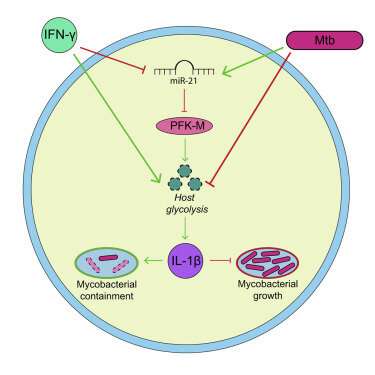
Scientists from Trinity have discovered both how TB puts the brakes on our immune engines and how we can kick-start those engines back into gear—providing hope that improved treatment options could soon be on the horizon.
Although ancient, TB is still the world’s deadliest infectious disease. While it is rampant in Africa, the growing problem of antibiotic resistance is posing a significant threat worldwide.
Part of TB’s success as a pathogen is because of its ability to infect the cells of our immune system, which are normally tasked with responding to the infection. It infects our lung macrophage cells and then manipulates them to its benefit—creating a safe home for it to hide out unperturbed, sometimes for years.
As part of an SFI-funded Starting Investigator Research Grant, Frederick Sheedy, Ussher Assistant Professor in the School of Biochemistry and Immunology at Trinity, mentored by St James’ Hospital TB specialist, Professor Joseph Keane, has been examining how these lung macrophage immune cells fuel the fight against infection.
The work has been at the forefront of showing how the simple sugar glucose is used to promote the macrophages anti-bacterial activities.
In surprising results, published this week in leading international journal Cell Reports, Dr. Emer Hackett (a Ph.D. candidate in Professor Sheedy’s group) found that persistent infection of these macrophages with TB puts the brakes on the glucose-fuelled engine.
This essentially shuts down our natural response to infection, which allows the bacteria to hide out unperturbed.
Specifically, Dr. Hackett found a small RNA molecule (which comprises tiny pieces of genetic information) which the bacteria promotes and which targets key enzymes that act as pumps in our immune engines to commit glucose to promote the anti-bacterial response.
When the bacteria promotes this small RNA molecule, which is termed microRNA-21, these enzyme pumps are removed from the engine and glucose is not used in the same way. This then allows the bacteria to escape and thrive.
Although this newly identified pathway is corrupted by the bacteria, the study also yielded some hope for the future.
Source: Read Full Article



